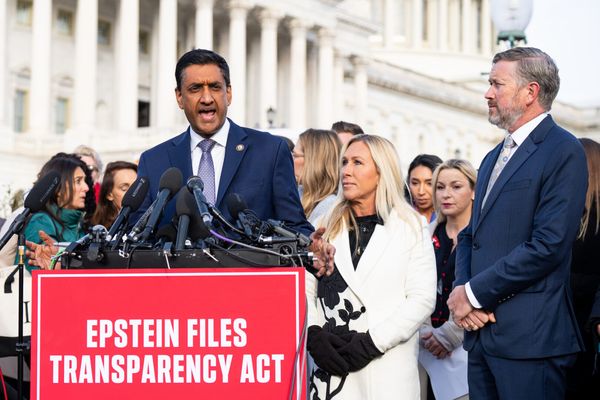
Stablecoins are entering a new phase, shifting from simple payment rails to yield-bearing, user-centric financial instruments, according to Bundeep Singh Rangar, CEO of STBL.
The evolution could erode the dominance of early centralized models and raise new questions for regulators worldwide.
"Consumers now seek to share in the yield generated by their assets, and tokenized RWA infrastructure now makes that possible," Rangar said, pointing to how the market is maturing beyond the model pioneered by Tether.
The backdrop is a rapidly growing $246 billion market, with stablecoins playing an increasingly critical role in cross-border payments, decentralized finance (DeFi), and financial inclusion.
The U.S. GENIUS Act, the first federal stablecoin law and Europe's MiCA framework are set to shape adoption, though both carry challenges.
Rangar described the GENIUS Act as "an important milestone," noting that while it is not precedent-setting compared with the EU and UAE, it signals U.S. engagement that will likely spur global competition.
At the same time, he warned that aspects of MiCA, such as caps on daily stablecoin transactions, could limit the technology's effectiveness in cross-border payments and fragment liquidity.
The debate over reserve management is also intensifying. Most major issuers concentrate holdings in U.S. Treasuries, generating billions in profits from interest income.
"In principle, yes, stablecoin issuers should be able to capture the yield on reserves," Rangar said, but emphasized that new models are emerging where users benefit directly.
Diversification beyond the U.S. dollar is another challenge.
While euro and emerging market stablecoins are being explored, demand for dollar-backed tokens remains dominant in the Global South, where they serve as a hedge against inflation.
Rangar noted that geopolitics could accelerate experiments in non-dollar and even commodity-backed stablecoins, such as gold, though he cautioned that liquidity and risk management remain critical.
Also Read: SEC And CFTC Signal Openness To Onshoring Perpetual Futures For US Investors
Central bank digital currencies (CBDCs) add another layer of complexity.
Rangar argued that private stablecoins and CBDCs will likely coexist, but stressed that official digital currencies must match the utility and privacy protections users have come to expect from stablecoins.
The International Monetary Fund has flagged the risks of rapid stablecoin adoption in emerging markets, warning of threats to monetary sovereignty.
Rangar acknowledged these concerns but suggested regulators should focus on partnership models rather than suppression.
"Stablecoins thrive where domestic currencies fail to provide stability," he said, adding that regulatory sandboxes could help balance innovation with macroeconomic stability.
With stablecoins now embedded as collateral in DeFi, and their use cases expanding, the next phase looks set to be defined by greater competition, user yield distribution, and regulatory adaptation.
"The market is maturing, and the consumer feedback mechanism is clear: users want access to interest and garner yield," Rangar said.
Read Next:
- Sora Ventures Launches $1 Billion Bitcoin Treasury Fund To Accelerate Corporate Adoption Across Asia
Image: Shutterstock







